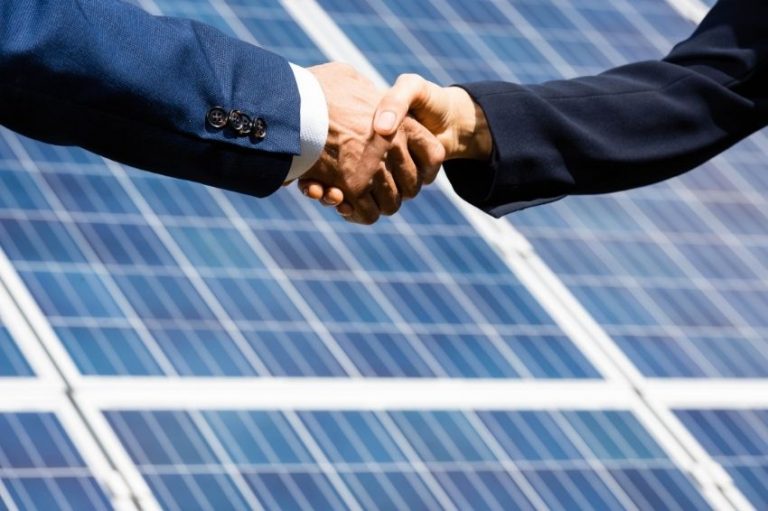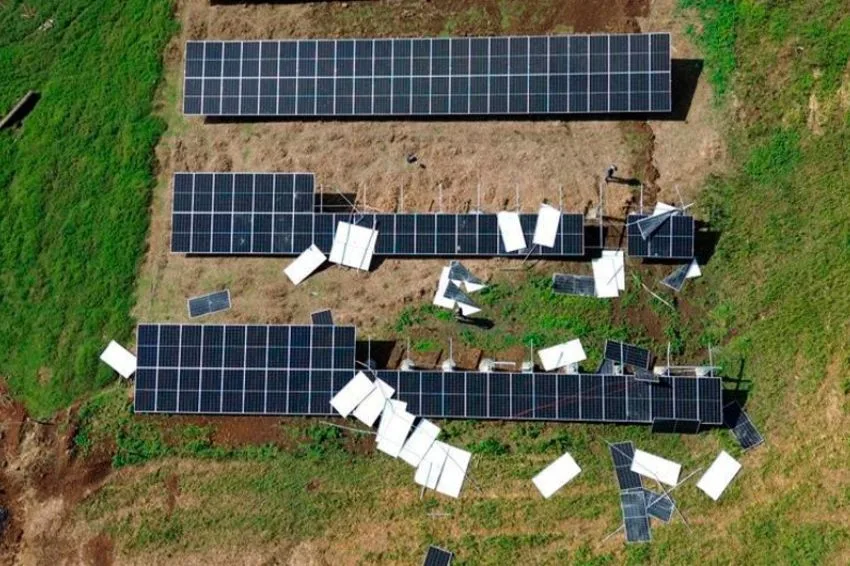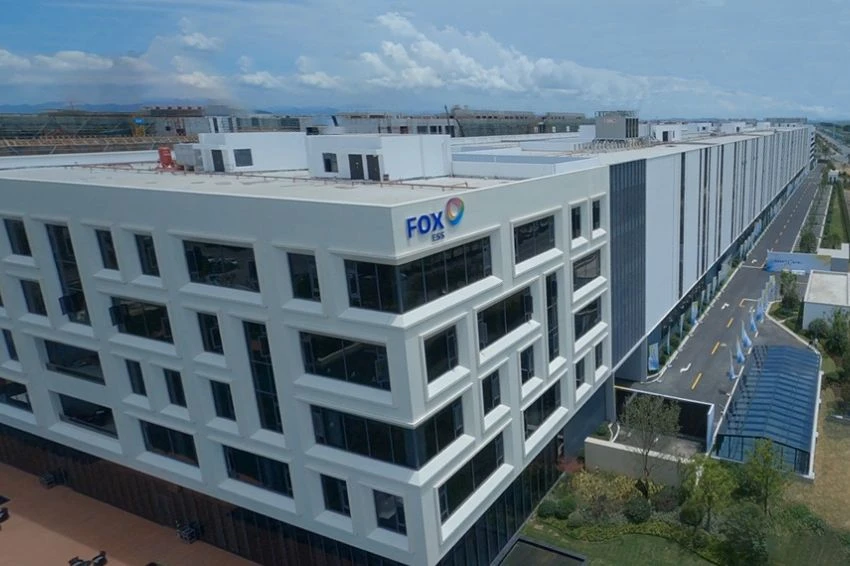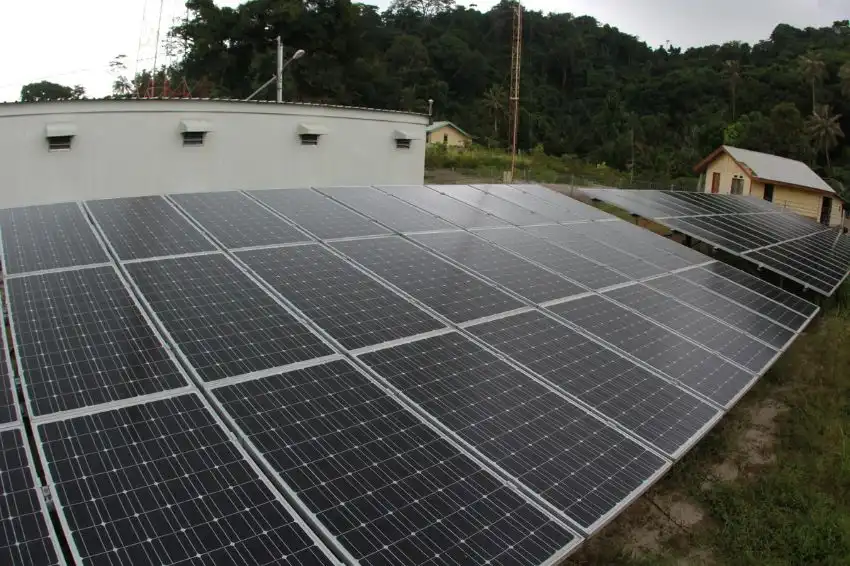You've probably heard about generating value. O value is everything that goes beyond the product or service, and to recognize it, you need to understand what needs (also called pains) of customers that your service is capable of solving.
After all, value exists in the customer’s perception. It could be a perception of greater comfort, greater personalization, greater savings… It all depends on the profile of the public and your business model.
Selling value, especially in the solar energy segment, can be a source of doubt for businesspeople. After all, what else can be delivered besides quality and trust? Do you need to invest a lot to generate genuine value?
Today, I will talk about the art of selling value in projects solar energy. Thus, not only do customers benefit, but companies can also see their services being more valued and highlighted compared to the competition.
The difference between selling price and value
Positioning yourself based on price is a widely used strategy to differentiate yourself in the market.. However, in the long term, focusing on the lowest price may become unsustainable for the business. Imagine if the entire industry adopted this strategy: at a certain point, everyone will have a similar price, and the customer will decide on the value of the positive experience.
Therefore, let's differentiate what each one represents. Basically, the price is what the customer pays, and value is what the customer takes home. Price is quantitative, while value is qualitative, a variable perception that depends on point of view.
This way, the value you see in your service may be different from the value your customer sees (and which defines how much they are willing to pay). The secret is to find consensus and reinforce it in your commercial proposal.
The first step to finding your opportunity to generate value is to understand your product. Thinking about a photovoltaic panel installation project, how can we go beyond a price quote? What in your solution will surprise the customer?
Avoiding shallow information is an excellent start. For example, you can make it clear to your customer who the inverter and module manufacturer is, and what the benefits of working with that supplier are. The client needs to have the security of knowing what exactly they are investing in.
Speaking of investment, this is the main argument that a company in the solar energy sector can address to generate value. Let's delve deeper below.
Generating your own energy is the investment of the moment
When we sell solar energy, we are selling investment through energy savings. In other words, your company is not just competing with other solar energy companies, but also with investment brokers.
The consumer who has set aside money to invest may find himself in doubt whether to invest this money in a brokerage, in a property, in fixed income or in installation of solar panels. He knows that both generate good returns, but he needs to hear arguments to make the decision.
And this is where you have the opportunity to generate value. Second Rafael Amaral Shayani, professor in the Department of Electrical Engineering at University of Brasilia, an investment of between R$ 12 thousand and 15 thousand can reduce the energy bill by up to 90%. This means a return on investment in around five years, whereas a solar energy system lasts between 20 and 25 years.
Taking into account that the electricity bill in Brazil has risen more than twice as much as inflation since 2015, according to data from Abraceel (Brazilian Association of Energy Traders), this concern about the economy becomes even more latent.
Just the speed of return on the amounts invested is already a weighty argument for the consumer. The value of the 90% savings over more than 20 years is something that undoubtedly surprises and retains customers.
Compared to other long-term investments, such as savings, LCD, LCI, LCA and CDB, the investment recovery time (also called payback) of solar energy is much more advantageous, and does not require the consumer to know about the Selic rate and other financial market variables.
For example, when investing R$20 thousand in savings in 2022, at an annual rate of around 5%, the accumulated gain will be R$58.5 thousand in 2044. In this same 22-year interval, but applying the value on the Stock Exchange, the profit could reach R$245 thousand.
If the consumer decides to invest these same R$ 20 thousand in a residential solar system, considering the Legal Framework for Distributed Generation which comes into effect in 2023, the savings will be around R$259.8 thousand by the end of 2044, surpassing savings and the Stock Exchange. This calculation was made by Matthew Vinturini, electrical engineer and professor at Canal Solar.
https://canalsolar.com.br/investir-em-energia-solar-ou-deixar-o-dinheiro-no-banco/
Invest in the long term, without suffering the pain in your pocket
Another factor that positively influences the generating value for energy solar is how democratic and accessible this investment is. Distributed generation is mainly used by homes, small businesses and rural producers, and we can see projects in popular homes and communities more and more frequently.
For example, a simpler and more popular system corresponds to four panels and is capable of generating around 160 kWh/month. This total, per month, can correspond to more than half of a family's consumption, estimated at 200 kWh/month, on average. Thus, the high price proves to be a myth about solar energy, as in addition to being converted into savings, it is also quite adaptable to the reality of each customer.
Of course The price of the system depends on some factors. It is necessary to know how much energy the residence consumes, and the amount of sunlight in the region. It is up to your company to assist the potential customer with this calculation, and this attention will also be valued.
Furthermore, a very important point to inform the consumer is about the possibility of financing solar energy. There are already credit lines for individuals and companies with interest rates of up to 1.17% for financing photovoltaic solar energy.
Among the options, it is possible to find advantages such as coverage of all components of the micro and mini generation systems, in addition to installation costs. Therefore, the consumer does not need to feel that they will only be able to enjoy the benefits of solar energy after saving the total price of the installation project.
In conclusion, informing consumers about how solar energy is a profitable and safe investment will be an excellent way to generate value for your business. To do this, make your company available to explain the details of prices, turnaround time and financing possibilities.
And, above all, remember that to generate value you need to be your client’s partner. And what kind of partner is better than one who helps you save?


















2 Responses
THE VSLOR OF ICMS ON INJECTED ENERGY IS ABOUT 20% IN THE RIO DE JANEIRO STATION.
Very good, thanks for sharing